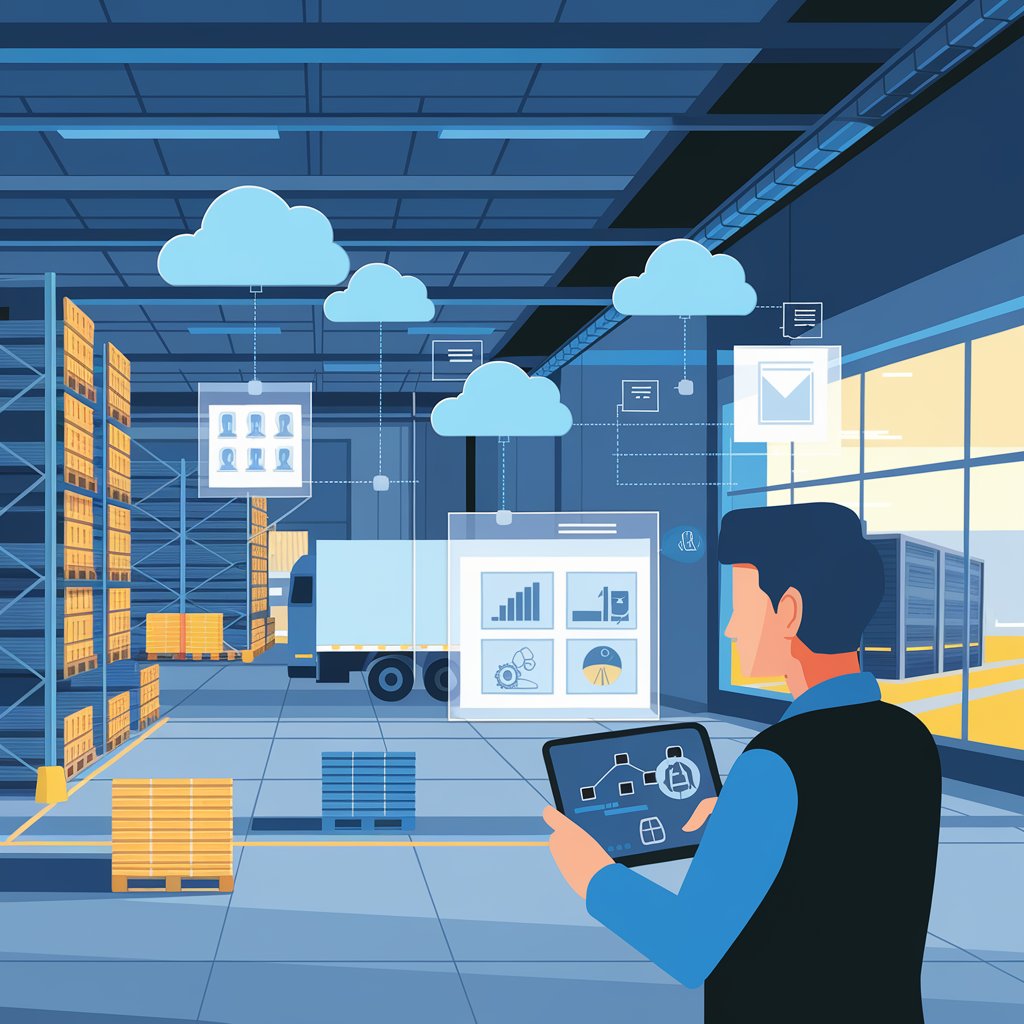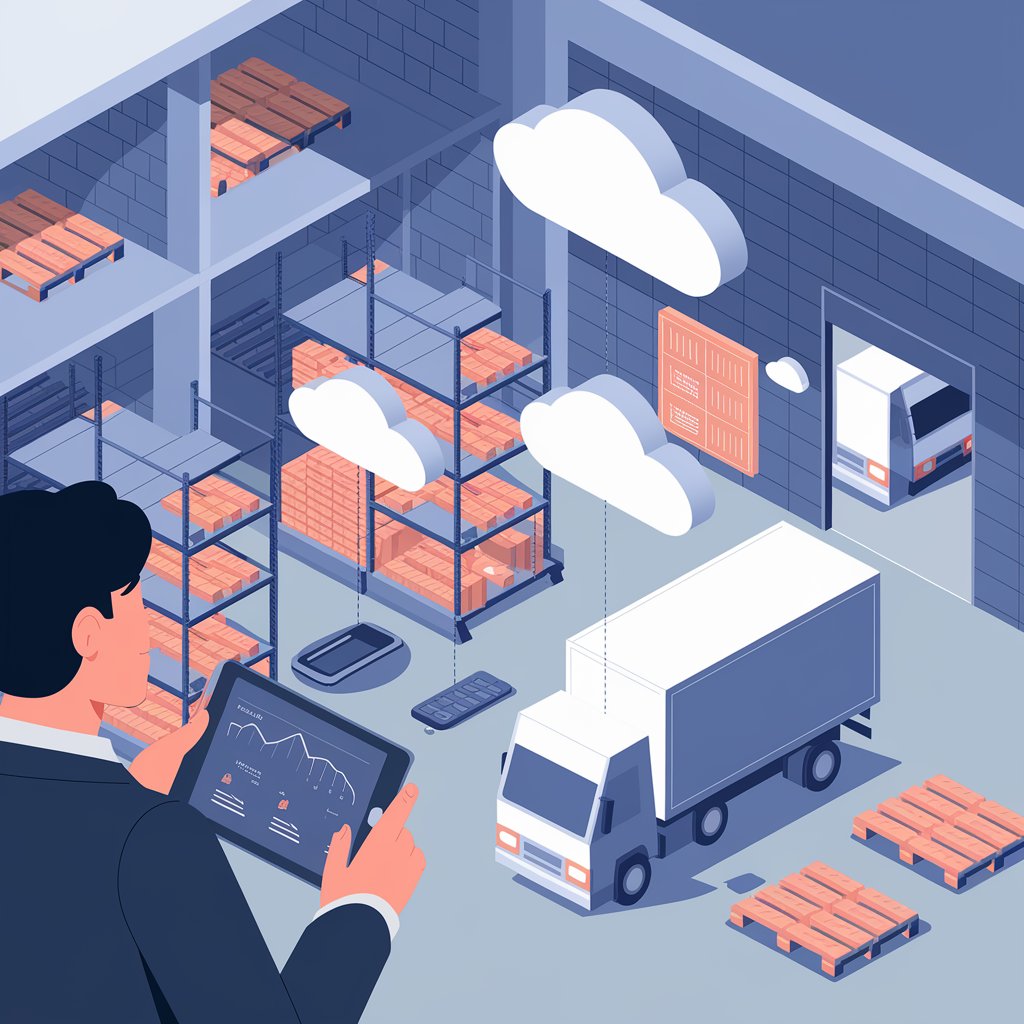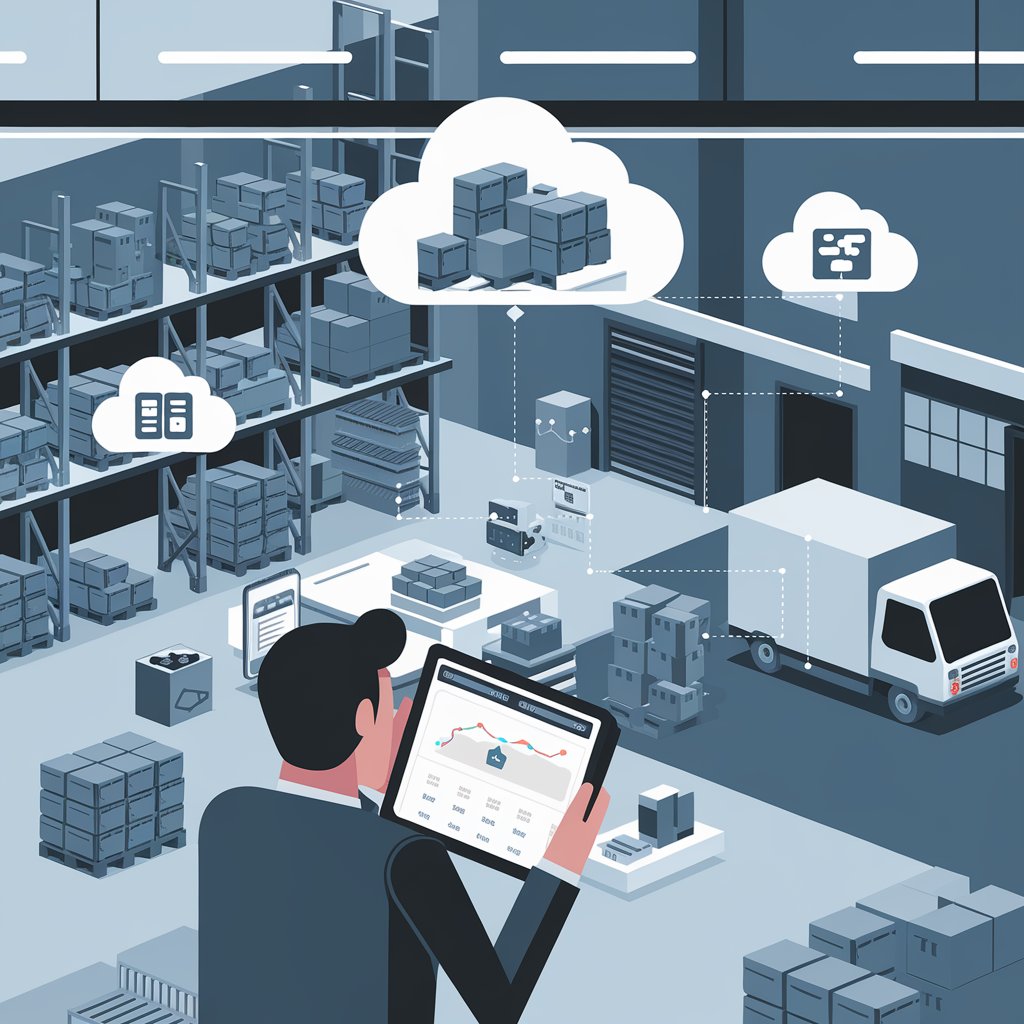Choosing a Cloud WMS: What Logistics Managers Should Look For
The right Cloud WMS helps improve visibility, boost productivity, and scale your operations, all while keeping your team connected in real time.

💡 Why Go Cloud?
Before diving into features, it’s worth understanding the core value of going cloud-based:
- Access anywhere, anytime (from desktop, mobile, or tablet)
- No need for heavy IT infrastructure or servers
- Faster implementation and lower upfront cost
- Automatic updates and data backups
- Real-time collaboration across teams and locations
Cloud WMS solutions are especially valuable for logistics companies managing multi-client warehouses, remote teams, or global fulfillment networks.

🧩 Core Features Every Cloud WMS solution Should Have
When evaluating solutions, make sure these essential features are on your checklist:
1. 📦 Real-Time Inventory Management
Track stock levels, locations, and movements in real time—across racks, zones, or pallets.
Must-have: Live updates, SKU-level detail, and support for multiple warehouses.
2. 🔄 Inbound & Outbound Workflow Automation
From receiving to dispatch, the system should streamline every step: scanning, labeling, pick/pack, and shipping.
Look for: Automated receiving templates, smart pick-lists, and carrier label printing.
3. 📲 Mobile-Friendly Access
A modern cloud WMS should support mobile devices for on-the-floor operations: scanning, stock checks, and task assignment.
Pro tip: Ensure barcode scanning works via smartphones or rugged devices.
4. 📊 Dashboard & Reporting Tools
Gain insights into warehouse performance, including inventory turnover, order accuracy, and space utilization.
Benefit: Make data-driven decisions quickly—without exporting spreadsheets.
5. 👥 Multi-Client & Role-Based Access
If you’re a 3PL or warehouse provider, support for multi-customer inventory and custom user roles is essential.
Ideal for: Forwarders, bonded warehouses, or shared facilities.
6. 🔗 Seamless Integrations
The WMS should connect easily with freight software, ERP, eCommerce platforms, and carrier systems.
Look for: Open API access, TMS/WMS sync, and accounting/export integrations.
✅ Bonus Features That Add Value
These aren’t always required, but they can be a competitive advantage:
- 🔄 Returns & reverse logistics support
- 🧾 Custom forms and document generation
- 📤 Customer portals for real-time inventory visibility
- 🧠 AI-powered stock recommendations or space optimization
- 🔒 Cloud security compliance (SOC2, ISO, etc.)

🔍 Questions to Ask WMS Vendors
- Is the WMS fully cloud-native or just hosted in the cloud?
- What’s the onboarding and training process like?
- Can it scale with my business in volume and users?
- Does it support multi-location and international operations?
How fast is implementation—and what’s included?
🧠 Who Needs a Cloud WMS?
A cloud WMS is ideal if you:
- Manage more than one warehouse or zone
- Need to support remote warehouse teams
- Are scaling fast and need better control
- Provide 3PL or shared warehousing services
- Need to reduce errors and improve turnaround time

🎯 Final Thoughts
In modern logistics Cloud WMS solution, warehouse operations need to be real-time, connected, and scalable. A cloud WMS offers that flexibility—giving your team visibility, speed, and control without the IT complexity of legacy systems.
By focusing on the right features and asking the right questions, you can choose a solution that not only supports your operations today but grows with you tomorrow.
